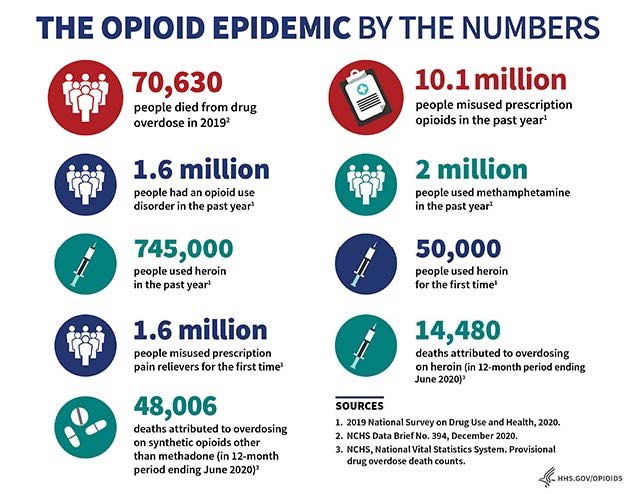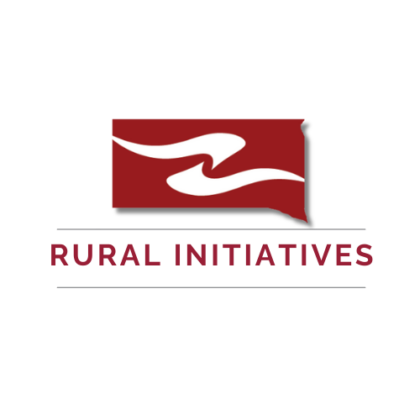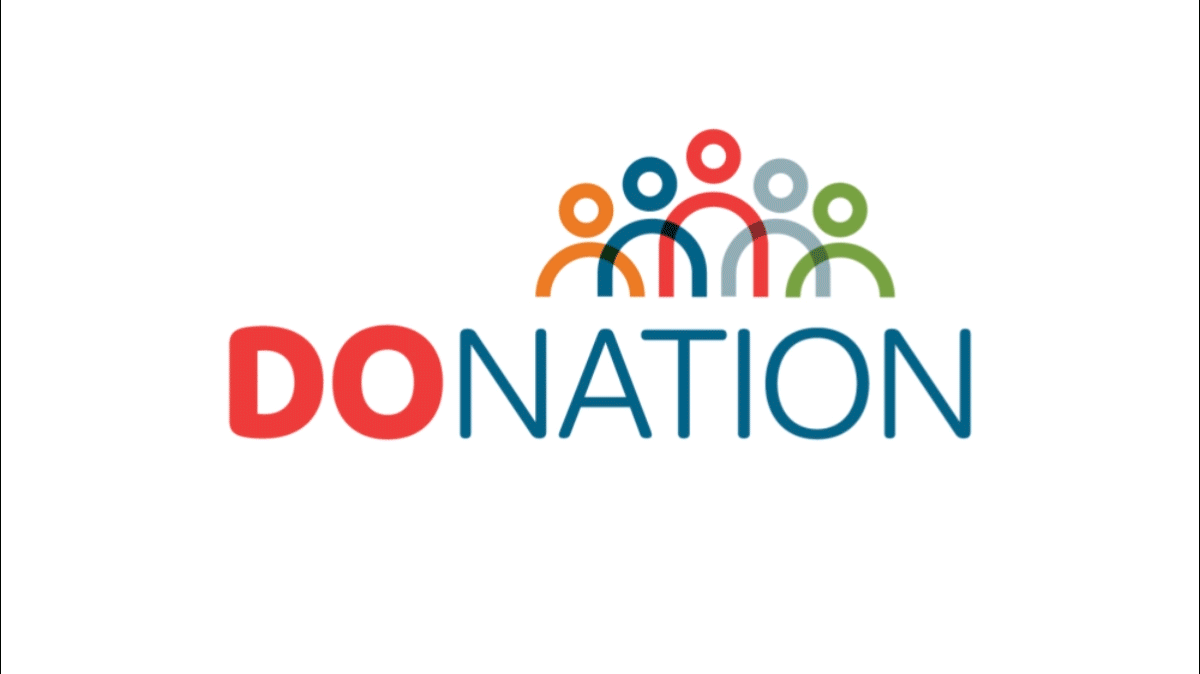Loretta Bryan, clinical improvement consultant at the South Dakota Association of Healthcare Organizations, attended the 2025 Opioids, Stimulants, and Trauma Summit held May 6–8 at Wisconsin Dells. The conference featured a range of training topics including the use of medications for opioid use disorder (MOUD), harm reduction strategies, prevention, emerging drug trends, recovery pathways, naloxone distribution, and combating stigma.
One key focus was how MOUD is being introduced and implemented in primary care clinics and emergency departments. Research indicates that a brief intervention during a primary care or ER visit is one of the most effective opportunities to connect patients with opioid use disorder (OUD) to treatment. According to the National Institutes of Health, “untrained emergency department staff and stigma about addiction remain big problems… the missed opportunity is huge. An estimated 2 million individuals across the United States have opioid use disorder, which has an estimated economic burden of $5 billion to emergency departments nationwide”.
Dr. Allison Miller, an Addiction-Medicine Physician at the Bureau of Health Services, recommended using the DSM-5 Criteria for Diagnosis of Opioid Use Disorder as a practical, one-page diagnostic tool during her presentation “Doses of Hope: DOC Expansion of Medications for Opioid Use Disorder”. She noted that a score of four or more symptoms indicates a moderate OUD and can help guide clinical decisions.
Dr. Randall Brown, professor at the University of Wisconsin, emphasized that not all patients with opioid use disorder require specialty care. By treating appropriate cases in primary care, more capacity can be opened across the healthcare system. According to the US Department of Health and Human Services, “nearly 75% of drug overdose deaths in 2020 involved an opioid”.

According to the 2023 National Survey on Drug Use and Health (NSDUH), approximately 48.5 million people aged 12 and older—about 17.1% of the U.S. population—experienced a Substance Use Disorder in the past year.
Jeremiah Winscher, special agent with the Criminal Investigation Division, provided insight into current drug trends impacting communities. He highlighted how drug traffickers are evolving their strategies, including using food coloring to make methamphetamine more marketable—such as green meth for St. Patrick’s Day. He also educated attendees on identifying drug paraphernalia and current slang used in drug sales.
Throughout the summit, many speakers emphasized the ongoing challenge of stigma and the importance of trauma-informed care, harm reduction, and person-first language. Actions often speak louder than intentions, and a nonjudgmental, compassionate approach is essential when working with individuals affected by substance use.
The South Dakota Department of Health’s Let’s Be Clear website, offers extensive information on substance use disorders, recovery resources, stigma education, and real-life recovery stories from people across the state.
If your facility is interested in learning more about substance use disorders—including reducing stigma, accessing resources, or implementing Medications for Opioid Use Disorder (MOUD)—please contact Loretta Bryan, BSN, RN, CPHQ. She can connect you with subject matter experts and coordinate educational opportunities, all at no cost to your facility thanks to grant funding provided by the South Dakota Department of Health.




